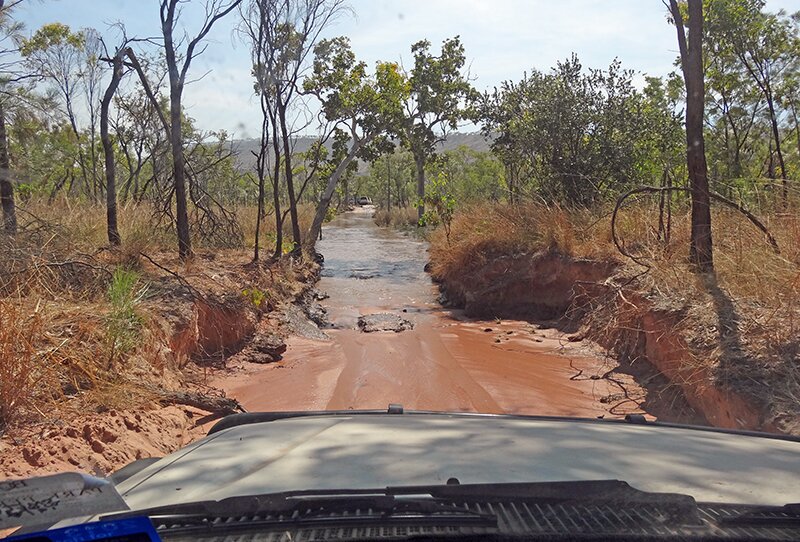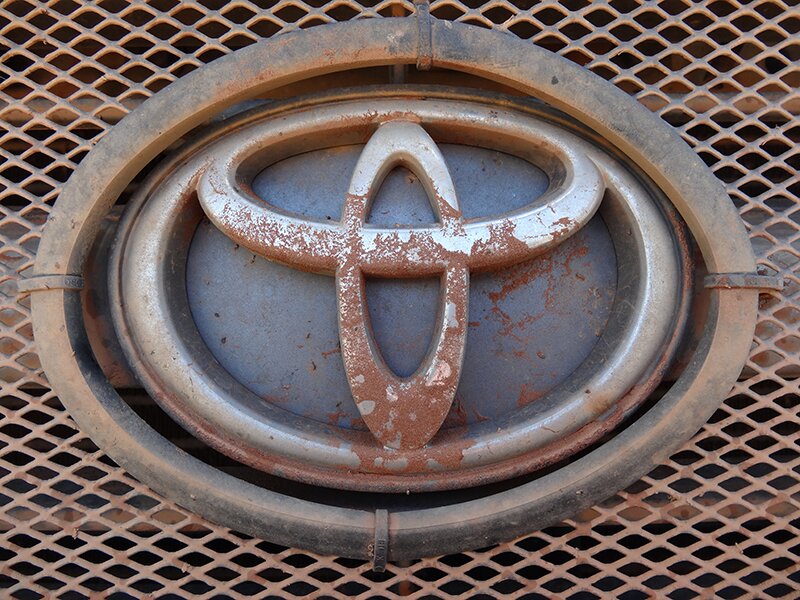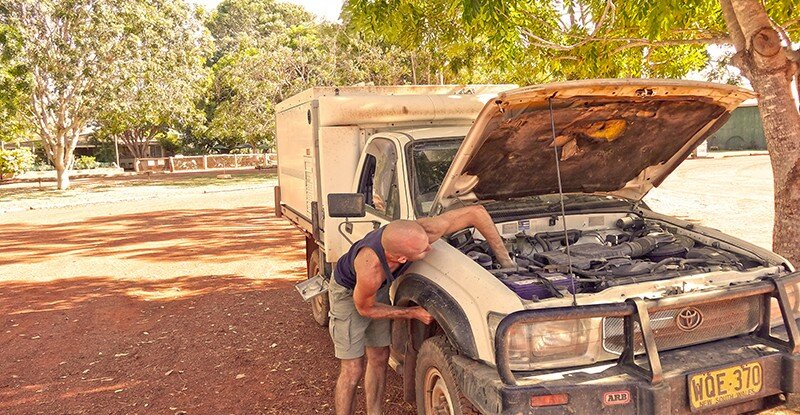The age of fixing a 4WD with zip ties or a pair of stockings is almost over, but are we better off for it? NIGEL SMITH hopes to settle the old vs. new technology debate.
Looking under the hood of a modern 4WD recently, I couldn’t help but wonder how some of the old-school mechanics I’d met while travelling in remote Australia might deal with a car twenty years newer than my ageing Hilux.
Today’s onboard technical wizardry comes in many forms. These are common acronyms such as ABS, ECU, and ESC, plus some more specific 4WD items including hill descent assist and trailer sway control. Most of these promise improvements in driving safety and reliability.
But does all this fancy technology help or hinder us?
Over the years I’ve heard countless auto-technology inspired “horror stories”. There’s that time a Subaru got stuck in “limp mode”, making the 300km drive at 40kmh to the nearest town like a labour of Hercules… only to find that there was nothing wrong, apart from the onboard computer. Or there’s the Jeep that, after travelling 50kms of rough unsealed roads, decided today was not a very good day to cross the Rubicon. Every warning light it had was blazing like a Christmas tree – again for no apparent mechanical reason.

I began to wonder if you can have too much of a good thing. What happens when something does go badly wrong when you are too far from home? What if you’re too far from anywhere?
I decided to speak to an expert in the form of David Dennis, Sales Manager at ARB Artarmon. With years of experience driving, fixing and accessorising 4WDs of all shapes and sizes, I figured he was my man.
Asking David about the benefits of these huge leaps in onboard technology, the primary improvements centred on safety and reliability. “We have cars that drive and handle so much better than we did ten years ago”, he said, whilst adding, “They are so much less likely to fail”.
It’s not controversial to say that safety has improved for us all. The reliability issue, plus the need for specialised equipment to fix high-tech vehicles, however, is closer to the concerns I’d heard from other drivers on the road. One experienced off-roader I have spoken to in the past felt that mechanics now were becoming vehicle servicers and parts changers.
Interestingly, this was reflected in David’s own comments on the industry that is his livelihood. As reliability has increased, and as technology has increased, the work is dominated by just those two areas. When things don’t break, the skills required to fix them are not used as much as they used to be. As a mechanic, you still need them, but as a touring driver, they are, perhaps, less a necessity. However, his other point was that whilst the engine and the technology are super reliable, then driving rough roads and off-road produces damage that is still fixable with basic mechanical skills, the right tools and parts, and sometimes a dollop of ingenuity.
Suspension, brakes, tyres. These could be the three areas where any occasional remote area driver might want to focus their skills and spares inventory. If the worst comes to the worst and something more serious, mechanically, does go wrong, then owning a vehicle with a very extensive network of authorised service centres could be a point to bear in mind should you be in the middle of selecting a vehicle.
It was as the conversation developed into the specific questions about what this technology means for remote area travel that David began to offer a perspective I was not really expecting.
“The outback has been opened up to a whole lot of new drivers”, he began as he discussed something that goes to the heart of why we travel to these remote areas – the adventure.
I had my examples of “techno-horror stories” held up for comparison to a story from one of David’s friends about the Canning Stock Route from thirty-five years ago. Back then, you really did have to be able to travel those places with an in depth knowledge of your vehicle, plus the skills, tools and ingenuity to fix things when they break. Because they did break. Repeatedly.
“Two days welding and filing to remanufacture a part in the middle of the desert, put it back on. It made two hundred meters before it failed again. Spend another two days…fix it again, make a new hub for a Forty series Land Cruiser…put it back in the car, drive home.”
For the driver who lived this story, it was just the kind of experience they expected, were well prepared for, and no doubt enjoyed. After all, it’s a story worth telling.
I started researching this article with a question in mind about whether our 4WDs can have too much of a good thing in respect of technology. In some ways it’s a redundant question – the technology is here and it is here to stay. It does improve safety and ease of driving, and allows more of us to explore the country in ways not possible in the recent past. Occasionally (very rarely), the technology does go wrong and needs a specialist to be able to fix it.
It is perhaps the attitudes of some of us to remote area driving that might need thinking through. Why are we going? To see the sights and experience the adventure of the Outback would be a pretty common answer.
So, a horror story or a part of the adventure? Maybe it’s a question of perspective and preparation. It’s still a wild country out there.




